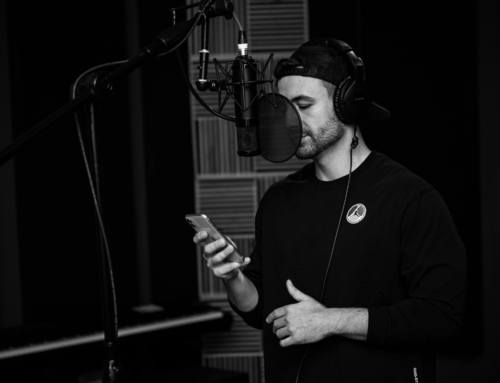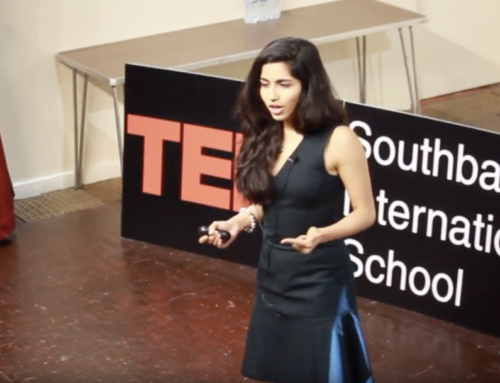A talk on TED.com inspired me because I often get questions about presenting in pairs – people ask, is it a good idea, how do you do it, what are the pitfalls, and so on. Keith Schacht and Zach Kaplan are two lovable nerds who run something called Inventables, which seems to be a company that collects ideas and products that use materials in new ways. For example, they demonstrated magnets in soft materials, ink that could remember what page you were on in a book, and dots that change color with changing smells – so you could tell visually when the milk has gone bad. (http://www.ted.com/index.php/talks/toys_from_the_future.html)
It’s fun stuff, especially the 10-foot pole you can roll up in your pocket, which inspired much hilarity from the audience.
Well, these two guys aren’t great presenters – they’re stiff and monotone, with limited expressiveness in their body language – but the talked worked well enough for the audience present in the room for a couple of reasons.
First, they used an audience volunteer for the ‘dry’ water squirt gun. Audiences always feel more included in a talk when a ‘volunteer’ is chosen, because of the mirror neurons I’ve blogged about before. The rest of the audience is at once glad not to be chosen, and glad to be (vicariously) part of the experience.
Second, they managed the hand-offs well, if a little stiffly. They took turns, neither one speaking for too long. That’s important, because it’s hard to be the one not speaking in a duo. What do you do? The answer is, you model good behavior and listen to your partner like billy-o, but that’s hard because you’ve probably heard the talk many times.
I used to co-present with a friend and colleague with a sense of humor. He would turn to me in the middle of his part of the talk and say, “Nick will now demonstrate the 5 reasons why public speaking can be challenging for left-handed people,” or something equally bizarre. This was, of course, without warning. The hilarity for him was in watching me scramble to come up with the five ideas. It was all in fun, and we both had training in Improv, so it was not unjustified, but it certainly got my adrenaline flowing.
That’s why it’s so important to listen hard to your partner. You’re there to support. So support well. Be ready.
Third, the material was humorous. Paired talks lend themselves to humor, because of the opportunity to play off one another.
But what else could Keith and Zach done to truly exploit the possibilities of join presenting?
What’s interesting about two people is their relationship. That’s the only real reason to get 2 people up on stage together. It makes up for the logistical challenges involved. (Keith and Zach didn’t reveal enough about their relationship to make it really interesting. Either one of them could have given the talk without any loss of interest.)
It’s why newscasters spend a surprising amount of time interacting with one another rather than actually reading the news, or the weather, or sports. What keeps us coming back to these kind of shows is the relationships. Indeed, most shows don’t do enough to exploit the inherent interest there. Fans of detectives with sidekicks know what I mean. Fans of Star Trek who lived for the quips about Spock from Kirk and Bones at the end of the show also know what I mean.
Presenting in pairs is more fun for the pair. You’ve got someone else there to share the burden. Just make sure that you give the audience sufficient value to make it worthwhile for them too. Use the relationship in relevant ways to enrich the presentation.








Leave A Comment